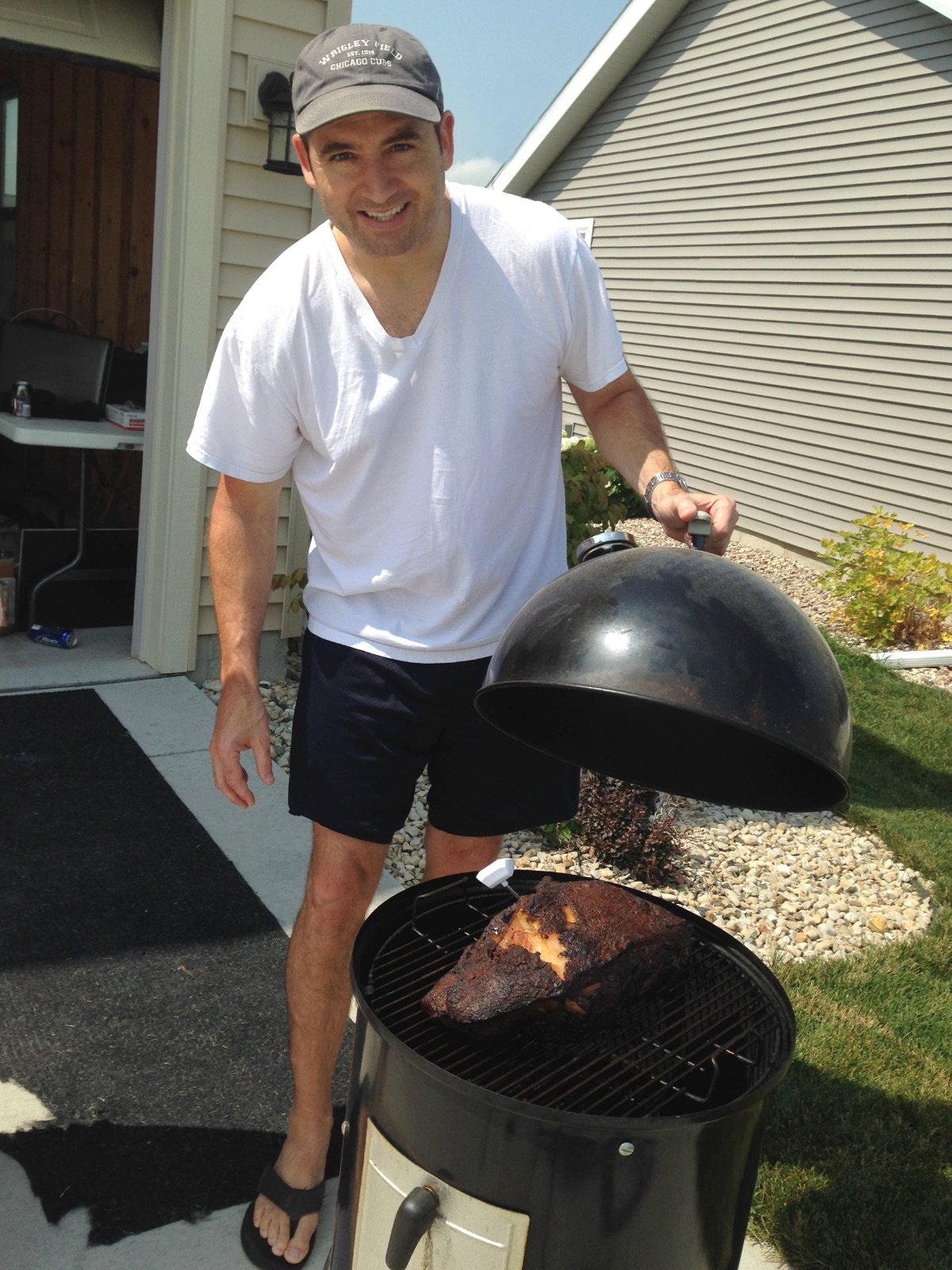About YOU
Before we tell you our backstory, let's talk about YOU first.
Are you a busy parent?
Do you have a busy, stressful job that leaves little time for cooking?
Are you unhappy with your current eating habits and wish you had a healthier lifestyle?
Do you find cooking stressful?
Do you wish you knew how to prepare healthier food?
If you answered "YES" to any or all of these questions, you're in the right place! And don't worry: I've been there too.
What you'll find on Flipped-Out Food...
- Quick meal ideas: most under an hour, many less than 30 minutes.
- Ideas for using up leftovers to prevent food waste, along with other money saving tips
- Strategies for tackling more complicated meals to make them approachable for the home cook
- Strategies for getting more vegetables and healthy ingredients into your diet—and into your kids!
- Healthy living tips
We all get stressed out and crazy-busy (a.k.a. "flipped out") sometimes: Flipped-Out Food is the food that we cook during these stressful, busy times.
Guess what? It doesn't have to involve a take-out menu or a box! You can make really fabulous food with just a bit more effort and planning.
Check out the Flipped-Out Food Playbook to see some of our favorite strategies to deliver easy, healthy dishes—even at the busiest of times.
About Flipped-Out Food
MICHELLE

I've had a lifelong love-hate relationship with cooking and food.
I hated a lot of the food that I grew up eating (sorry, Mom!) and the awful food I made during my college years. I always loved going out to eat, but restaurant food is expensive and unhealthy. On the other hand, I hated being stressed out about what to make for dinner.
But then, something happened that changed the way I thought about cooking. For the last several years, I have LOVED being in the kitchen.
I started Flipped-Out Food as my little corner of the internet for sharing that transformative journey and the resulting recipes, tips, and strategies. I also draw upon my PhD in Physiology (University of Wisconsin-Madison—go Badgers!) to inject posts with scientific geekery here and there.
PHIL

Phil is my husband of 9 years, partner in crime, and love of my life.
Blending my life with Phil and his three children has been a wonderful adventure (more on that here), and I have never been happier.
Back in 2021, Phil took over most of the behind-the-scenes details of running the blog. Because he's been smoking, grilling, and frying meat for over 20 years, you'll see frequent posts directly from Phil showcasing delicious recipes for the smoker, grill, and fryer.
Phil also used the lockdown during the COVID-19 pandemic to take up bread baking. He has since become quite the expert, so look forward to his baking posts!
Thank you again for joining us! We hope you'll find inspiration here for making delicious, low-stress meals.

Don't miss a thing!
Follow us on Twitter, Pinterest, Facebook, and Instagram. PLUS, get easy dinner ideas and cooking hacks delivered straight to your inbox when you subscribe to the Flipped-Out Food Newsletter!
